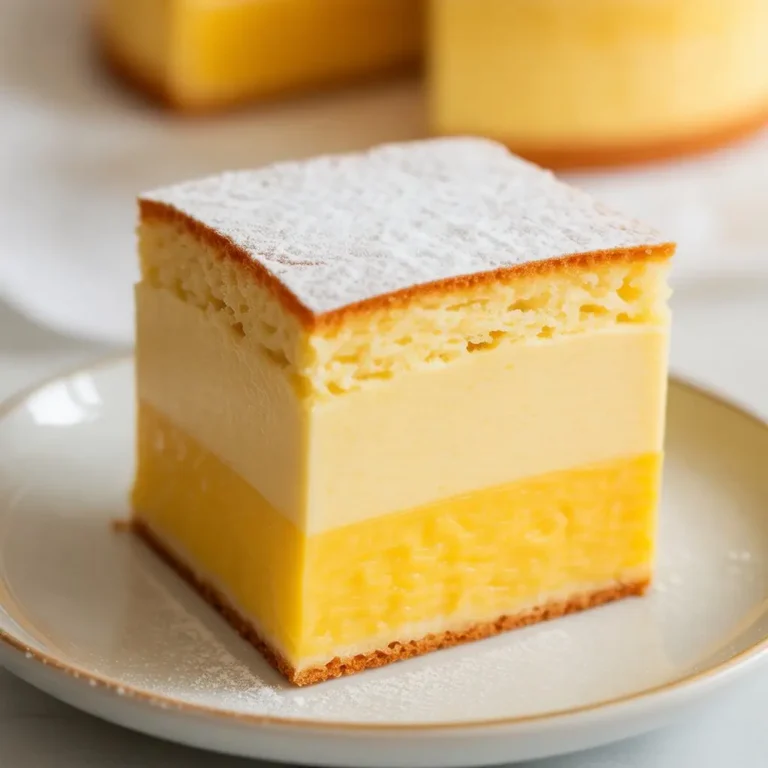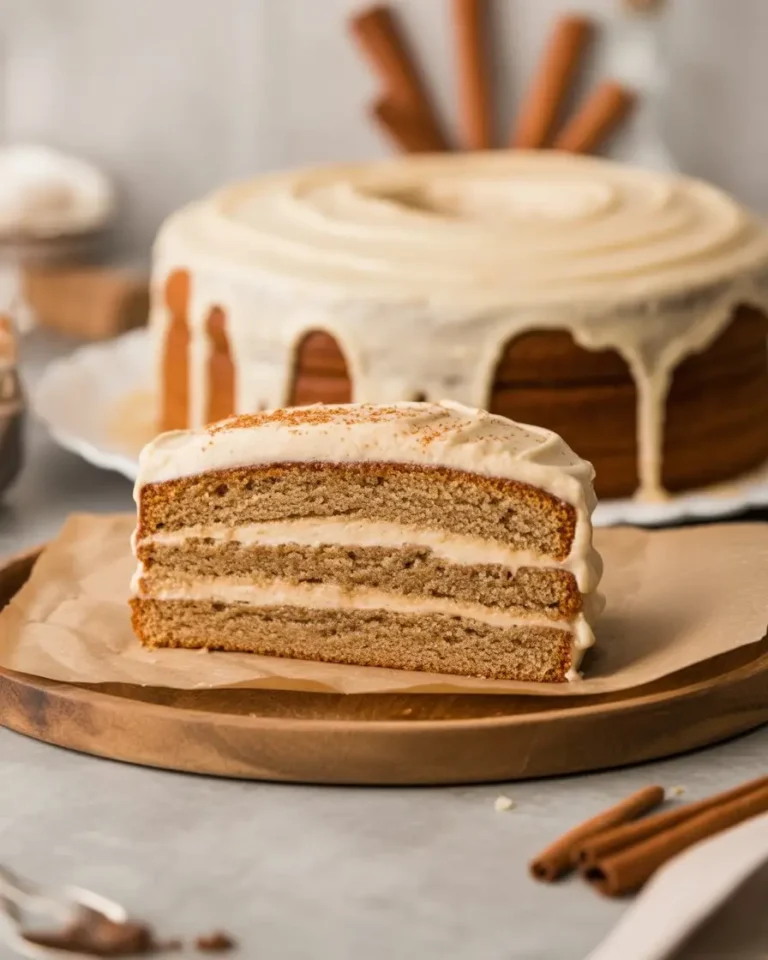“`html
How to Make Sunshine in a Jar: My Favorite Apricot Jam
There’s a specific moment each summer when the air smells sweet and the fruit stands are overflowing with fuzzy, golden-orange jewels. That’s apricot season, and for me, it’s a race against time to capture that perfect, fleeting flavor.
I remember my grandmother’s kitchen, warm from the stove, with the scent of bubbling fruit and sugar hanging in the air. She never used a recipe, just feel and instinct. She was making more than just jam; she was preserving a piece of summer.
This recipe is my attempt to bottle that feeling. It’s simple, honest, and the result is a jam that tastes like pure sunshine. Forget the bland, overly sweet stuff from the store. This is the real deal, and it’s easier to make than you think.
Let’s turn those beautiful apricots into something truly special you can enjoy for months to come.
What You’ll Need
The ingredient list is wonderfully short. The magic comes from the quality of the fruit and the simple process.
- Fresh Apricots: About 2 pounds (or 1 kg). This will be roughly 6 cups of chopped fruit.
- Granulated Sugar: 3 cups. This gives a classic sweetness and helps the jam set perfectly.
- Fresh Lemon Juice: From one large lemon, which is about 1/4 cup. This is crucial for flavor and pectin activation.
Pro Tips
I’ve made my share of runny, sad jams over the years. Here are a few hard-won tips to help you get it right on the first try.
- The Cold Plate Test is Your Best Friend: Before you start, pop a few small plates in your freezer. To check if your jam is ready, spoon a tiny bit onto a cold plate and put it back in the freezer for a minute. If it wrinkles when you push it with your finger, it’s done. This test is foolproof.
- Don’t Pulverize the Fruit: You want a jam with a lovely texture, not a uniform jelly. When you’re mashing the apricots, leave some small chunks. They will soften as they cook and give your jam character.
- Sterilize Everything: This isn’t just for long-term canning. Clean, sterilized jars prevent bacteria from spoiling your beautiful jam, even if you plan to store it in the fridge. Boil your jars and lids for 10 minutes and let them air dry on a clean towel.
- Mix Your Ripe Levels: Use a combination of perfectly ripe apricots (for sweetness and flavor) and a few that are slightly firm or under-ripe (for higher natural pectin). This blend creates a jam that sets beautifully without needing commercial pectin.
Tools Required
You don’t need fancy canning equipment, just some basic kitchen tools.
- A large, heavy-bottomed pot or Dutch oven
- Jam jars with lids (about 4 half-pint jars)
- A long-handled wooden spoon or spatula
- A ladle
- A canning funnel (optional, but very helpful for clean filling)
- Small plates (for the freezer test)
Substitutions and Variations
Once you have the basic recipe down, feel free to get creative. This jam is a wonderful canvas for other flavors.
- Add a Vanilla Bean: Split a vanilla bean and scrape the seeds into the pot with the fruit. It adds a warm, aromatic depth.
- A Hint of Almond: A tiny splash (about 1/4 teaspoon) of almond extract stirred in at the very end complements the apricot flavor perfectly. Be careful not to add too much.
- Spice it Up: A cinnamon stick or a few star anise pods tossed in while the jam cooks can add a lovely spiced note. Just remember to remove them before jarring.
- Herbal Notes: Try adding a sprig of fresh thyme or rosemary to the pot. It creates a sophisticated, savory-sweet flavor that’s amazing with cheese.
Make Ahead Tips
Jam making is a project, but you can break it up.
You can wash, pit, and chop your apricots the day before. Store them in a covered bowl in the refrigerator. You can even macerate them overnight by mixing the chopped fruit with the sugar. This draws out the juices and can cut down on cooking time.
How to Make Apricot Jam: Step-by-Step
Here is the straightforward process to get you from fresh fruit to finished jam.
Step 1: Prep Your Jars and Fruit
Sterilize your jars and lids by boiling them in water for 10 minutes. Set them aside on a clean towel. Wash, halve, and pit your apricots. Chop them into small, half-inch pieces.
Step 2: Combine Ingredients
In your large pot, combine the chopped apricots, sugar, and fresh lemon juice. Stir everything together until the sugar starts to dissolve into the fruit juices.
Step 3: Cook the Jam
Place the pot over medium-high heat. Bring the mixture to a rolling boil, stirring frequently to prevent it from sticking and burning. As it cooks, you can use a potato masher or the back of your spoon to gently break down the fruit to your desired consistency.
Step 4: The Gelling Stage
Continue to boil the mixture, stirring often, for about 20-30 minutes. The foam will subside, and the bubbles will get smaller and thicker. This is when you start doing the cold plate test. Once the jam wrinkles on the cold plate, it’s ready. Remove it from the heat immediately.
Step 5: Jar the Jam
Carefully ladle the hot jam into your sterilized jars, leaving about 1/4 inch of headspace at the top. A canning funnel makes this step much cleaner. Wipe the rims of the jars with a clean, damp cloth to ensure a good seal.
Step 6: Seal the Jars
Screw on the lids until they are fingertip tight. If you plan to store the jam in the fridge, you can just let them cool and then refrigerate. For shelf-stable jam, place the sealed jars back into a pot of boiling water (covering the jars by at least an inch) and process them for 10 minutes. Carefully remove and let them cool on the counter. You’ll hear a satisfying “pop” as they seal.
Healthier Swaps, Pairings, and More
Let’s talk about how to fit this jam into your life and diet.
Nutritional Snapshot
Here’s a rough idea of the nutritional content. This is an estimate per tablespoon.
| Nutrient | Approximate Amount |
|---|---|
| Calories | ~45 kcal |
| Carbohydrates | ~12 g |
| Sugar | ~11 g |
| Fat | 0 g |
Ingredient Swaps for Different Diets
You can adjust this recipe, but be aware that changing the sugar will affect the texture and preservation.
| Dietary Need | Suggested Swap | Important Note |
|---|---|---|
| Lower Sugar | Use low-sugar pectin | Follow pectin package directions. |
| Natural Sweetener | Honey or Maple Syrup | Will alter flavor and may not set as firmly. |
| Keto / Sugar-Free | Allulose or Erythritol blend | Will not preserve. Must be refrigerated. |
Meal Pairing Suggestions
- Breakfast Classic: Spread it on warm toast, scones, or English muffins.
- Yogurt Parfait: Swirl it into plain Greek yogurt with granola for a delicious breakfast or snack.
- Cheese Board Star: It’s fantastic with goat cheese, brie, or a sharp cheddar.
- Savory Glaze: Use it as a glaze for roasted chicken, pork, or even salmon in the last few minutes of cooking.
Cooking Time Efficiency Tips
To speed things up, use a very wide pot. The larger surface area helps the water evaporate more quickly, reducing your cooking time significantly.
Leftovers and Storage
Proper storage is key to enjoying your hard work.
Refrigerator: If you didn’t do the final water bath processing, your jam must be stored in the refrigerator. It will last for up to 3 weeks.
Pantry: Properly sealed (canned) jars can be stored in a cool, dark place like a pantry for up to one year. Once opened, they need to be refrigerated.
Frequently Asked Questions
Q1. My jam didn’t set! It’s runny. What can I do?
Ans: This is a common issue. It usually means the jam didn’t cook long enough to reach the gelling point. You can pour it back into the pot, bring it back to a boil, and cook it for another 5-10 minutes, testing again with the cold plate method. Adding a bit more lemon juice can also help.
Q2. Can I use frozen apricots?
Ans: Yes, you can. Thaw them first and drain any excess liquid before measuring. The texture might be slightly softer, but the flavor will still be great.
Q3. Is the lemon juice really necessary?
Ans: Yes, it’s very important. Lemon juice provides acid, which helps activate the natural pectin in the apricots. It ensures a good set and also brightens the flavor, preventing the jam from tasting flat or overly sweet.
Q4. How do I know if my canned jam is sealed correctly?
Ans: After the jars have cooled completely (for 12-24 hours), press down on the center of the lid. If it doesn’t flex or pop back up, it’s sealed. You can also lift the jar by its lid; if it holds, the seal is strong.
Wrapping Up
There is something incredibly rewarding about lining up your finished jars on the counter. Each one holds the bright, sweet taste of summer, ready to brighten a dreary winter morning or elevate a simple piece of toast.
I hope you give this recipe a try. It’s a wonderful way to connect with your food and create something delicious from scratch.
When you make it, I’d love to hear how it turned out. Leave a comment below with your experience or any creative variations you tried. Happy jam making!
“`




